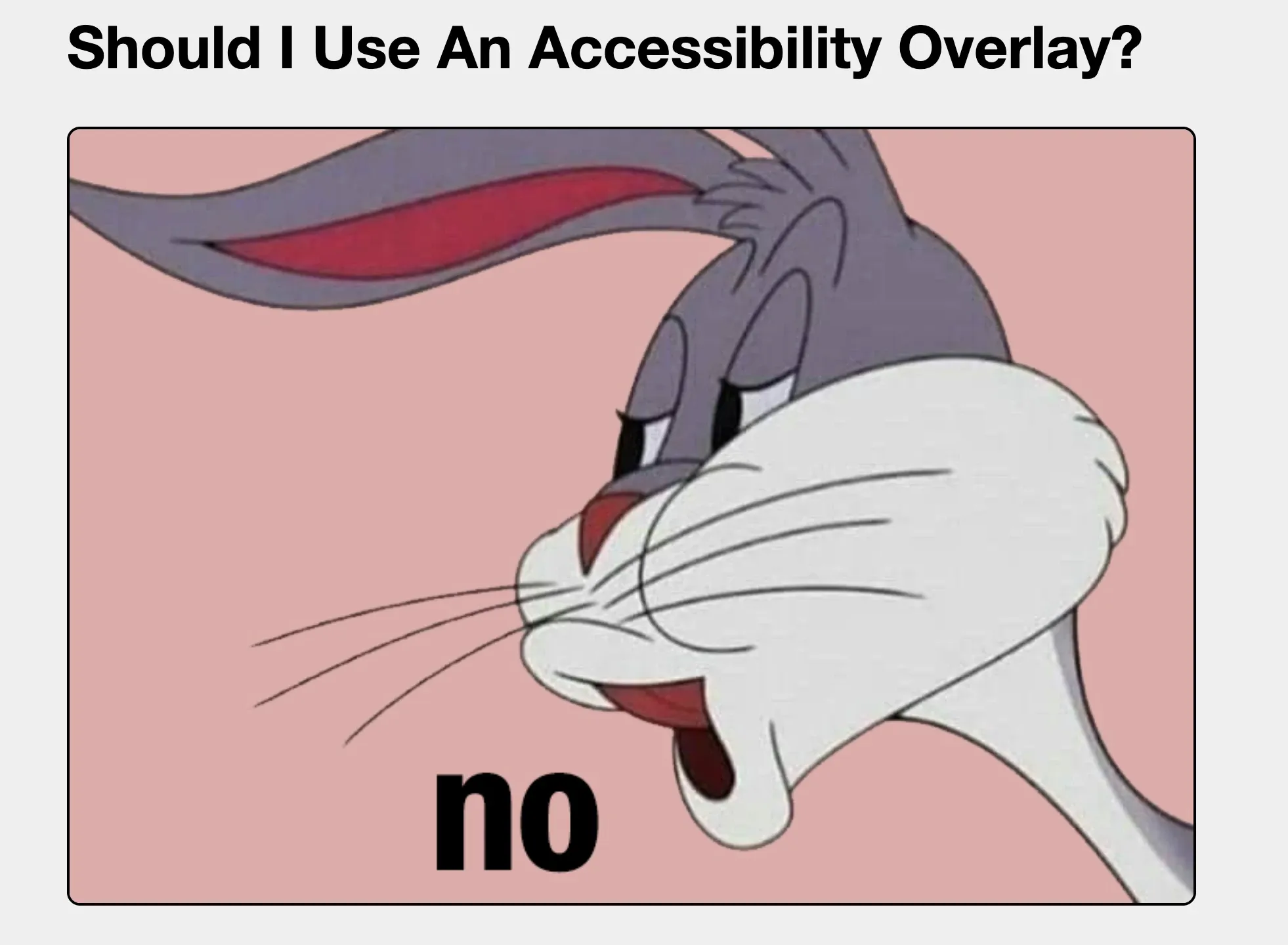European Accessibility Act
A Major Shift in Accessibility Regulations Coming in 2025

The European Accessibility Act (EAA) and its German implementation, the Barrierefreiheitsstärkungsgesetz (BFSG), mark a significant shift in how accessibility is regulated across Europe. Set to take effect on June 28, 2025, these regulations will impose stricter accessibility requirements on a wide range of products and services. This article delves into what these regulations entail, their implications, and how businesses can prepare for compliance.
Disclosure: I wanted to mention the German word, Barrierefreiheitsstärkungsgesetz, because it’s a hard word to say without breaking it down.
The European Accessibility Act (EAA)
The EAA aims to harmonize accessibility standards across the European Union, addressing the varying rules that previously existed among member states. This harmonization will benefit both businesses and consumers by providing clear, consistent requirements that improve access for people with disabilities.
Key Components of the EAA
Let us try to understand the key components of the EAA:
-
Scope: The EAA applies to a wide range of products and services, including computers, smartphones, ATMs, e-books, e-commerce websites, and more. It mandates that these products and services be accessible to all users, including those with disabilities, by making them perceivable, operable, understandable, and robust, in line with the Web Content Accessibility Guidelines (WCAG).
-
Compliance: This is a word that will be heard a lot in the coming years. The EAA requires businesses to comply with accessibility requirements, which will be enforced by national authorities. Non-compliance can result in penalties, fines, and other sanctions. If you want further info about this, this article on the Deque website is a good starting point.
-
Technology Integration: Don’t tell me you are going to talk about AI again… Well, leveraging technologies such as AI for user interface adaptation and voice recognition can significantly enhance accessibility. For instance, AI can adjust content layout based on user interaction patterns, benefiting those with cognitive disabilities. We will have to ensure compatibility with screen readers and magnification software is essential. Semantic HTML and Accessible Rich Internet Applications (ARIA) can enhance usability for screen reader users.
-
Special cases: So you have a small business, right? Very small businesses (with fewer than ten employees and annual sales below €2 million) are partially exempt but are encouraged to comply if it does not pose an undue burden. BUT this is not a excuse to not take accessibility seriously!
Preparing for Compliance
I am going to be really honest with you regarding this.
A lot of companies are emerging as accessibility consultants, offering services to help businesses comply with the EAA.
Companies that yesterday did not care about accessibility are now trying to portray themselves as accessibility experts.
They will come to you and tell you that there is this deadline (28 June 2025), but they will not tell you that this is the deadline for new products and services. If you have a product or service that was released before this date, you have until 28 June 2030 to make it compliant.
But you know how urgency works, right? They will tell you that you need to act now before it is too late (or before you choose somebody else).
And if they happen to offer an accessibility overlay solution, run away!
Accessibility overlays are not a silver bullet and can actually make things worse. If you do not know what I am talking about, take at these two resources:
- https://www.accessibility.works/blog/avoid-accessibility-overlay-tools-toolbar-plugins/
- https://www.junekarlove.com/insights/accessibility-overlays-and-their-impact-on-user-experience.
And also on the page https://shouldiuseanaccessibilityoverlay.com/

I mean, just go to a random page with one of these tools like this one and try to change a couple of options. You will see that the experience is horrible.
So be careful when choosing a partner to help you with compliance, above all if the main solution they offer is an overlay.
That being said, here are the services that others are offering to help you with compliance:
- Conduct an Accessibility Audit: Assess current products and services against the EAA and BFSG standards. Identify gaps and areas for improvement.
- Develop an Accessibility Strategy: Create a strategic plan outlining how and when to address identified accessibility issues. This should include timelines, responsibilities, and specific actions.
- Implement Accessibility Solutions: Make necessary changes to products and services to meet accessibility requirements. This may involve redesigning websites, updating software, or providing alternative formats.
- Train Employees: Educate staff on accessibility best practices and how to create accessible content. This will help ensure that accessibility is integrated into all aspects of the business.
- Monitor Compliance: Regularly review products and services to ensure ongoing compliance with accessibility standards. This may involve conducting periodic audits, user testing, and feedback collection.
Conclusion
The EAA and the German BFSG (love this language, really) represent a significant step forward in promoting accessibility across Europe. By harmonizing standards and imposing stricter requirements, these regulations will help ensure that people with disabilities can access products and services more easily. Businesses that prepare for compliance now will be better positioned to meet these requirements and provide a more inclusive experience for all users.
So, what are you waiting for? Start preparing for compliance today!
PS: say no to overlays. Please.If you have any doubts or need help, feel free to reach out!
Links and Resources
- European Accessibility Act (EAA)
- Barrierefreiheitsstärkungsgesetz (BFSG)
- Barrierefreiheitsstärkungsgesetz 2 (BFSG)
- Compliance with the EAA - Deque
- Are we in a hurry to comply with the EAA?
- Why you should not use accessibility overlays 1
- Why you should not use accessibility overlays 2
- Why you should not use accessibility overlays 3
Share article